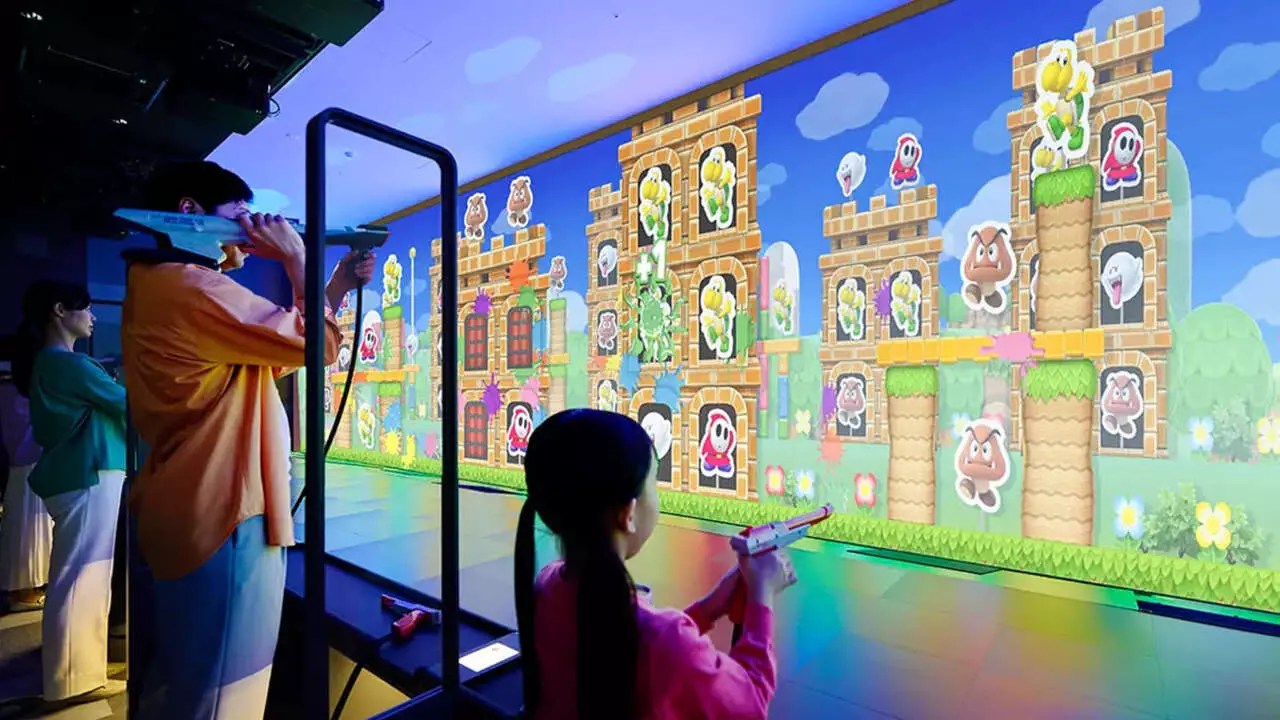The recently inaugurated Nintendo Museum in Kyoto, Japan, promises to be a captivating destination for gaming enthusiasts worldwide. Its allure lies not only in its rich historical context but also in the unique merchandising options it offers. However, this initial charm has been overshadowed by an emerging issue: scalpers taking advantage of the situation to resell exclusive merchandise at exorbitant prices, significantly diminishing the experience for true fans.
Barely two days into its public opening, the museum’s exclusive merchandise has already seen a spike in demand from scalpers. Items like controller-shaped cushions and miniature controller keychains—once considered simple tokens of nostalgia—are now featured on resale platforms at prices that can exceed tenfold their original cost. This phenomenon often reflects the excitement surrounding new locations or events, but it raises an ethical concern. The museum has reacted by imposing strict limits on the number of items any one customer can purchase. Each visitor is now allowed only one of certain merchandise pieces, a proactive measure intended to curb the rampant scalping.
This precautionary step, while practical, may generate unintended consequences. The artificial scarcity created by these limits might fuel even greater demand among both scalpers and fans. As seen with the Nintendo Museum Kyoto Wii Controller cushion hitting online marketplaces for nearly $500, the potential for inflated prices exists as long as there are individuals willing to pay. Ultimately, while the intention behind the limits is commendable, the situation warrants a more robust long-term solution. Implementing a controlled ticketing system for merchandise sales or introducing a membership program might be viable strategies for regulating access and preserving the experience of acquisition for genuine enthusiasts.
Beyond merchandise, the Nintendo Museum serves as a poignant reflection of the company’s storied past. It not only showcases the evolution of consoles and beloved franchises like Donkey Kong and Mario, but also highlights milestones that defined the gaming landscape over the past century. Dan Ryckert, correspondent for Giant Bomb, characterized his visit as a deeply personal journey, resonating through every display and interactive exhibit. This emotional connection is what sets the museum apart and its educational potential cannot be underestimated. It is a narrative of creativity and innovation within the gaming industry, which younger generations often take for granted.
As the number of visitors to the Nintendo Museum continues to swell—with tickets reportedly sold out through the end of the year—it is crucial for the institution to find a balance between accommodating eager fans and deterring opportunistic scalpers. The museum represents not just a physical space for gaming enthusiasts but also a cultural landmark that celebrates the artistic and historical significance of video games. By addressing scalping issues effectively, the Nintendo Museum can ensure its legacy as an accessible haven for gaming history, while fostering a community rooted in passion, integrity, and appreciation for the magic of gaming.


Leave a Reply